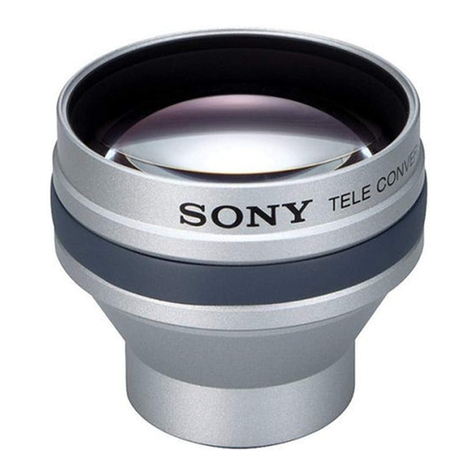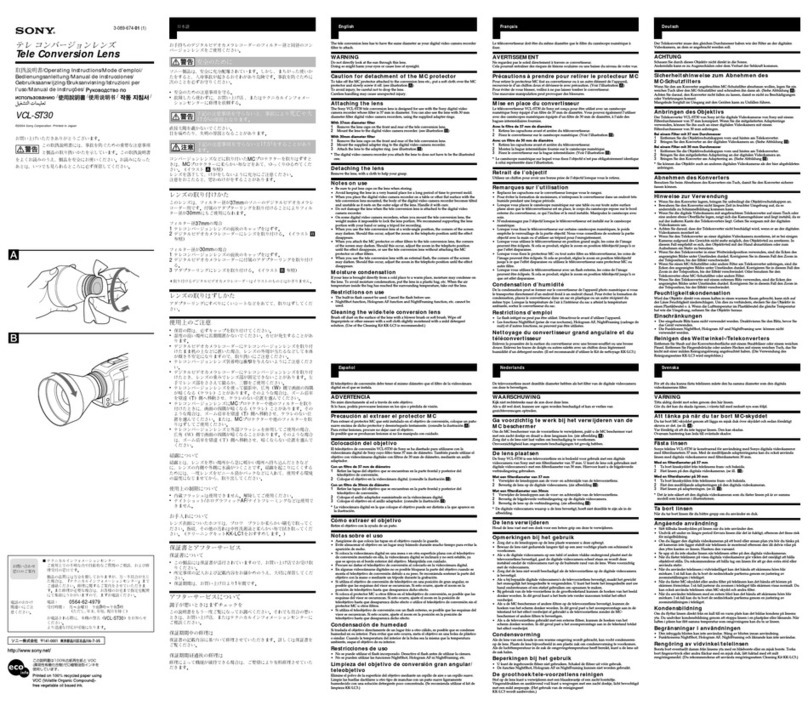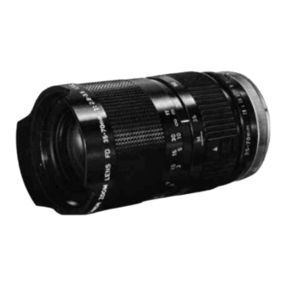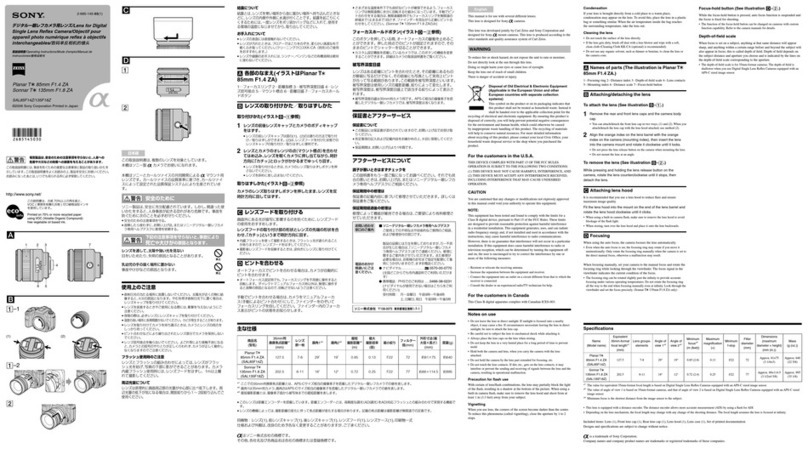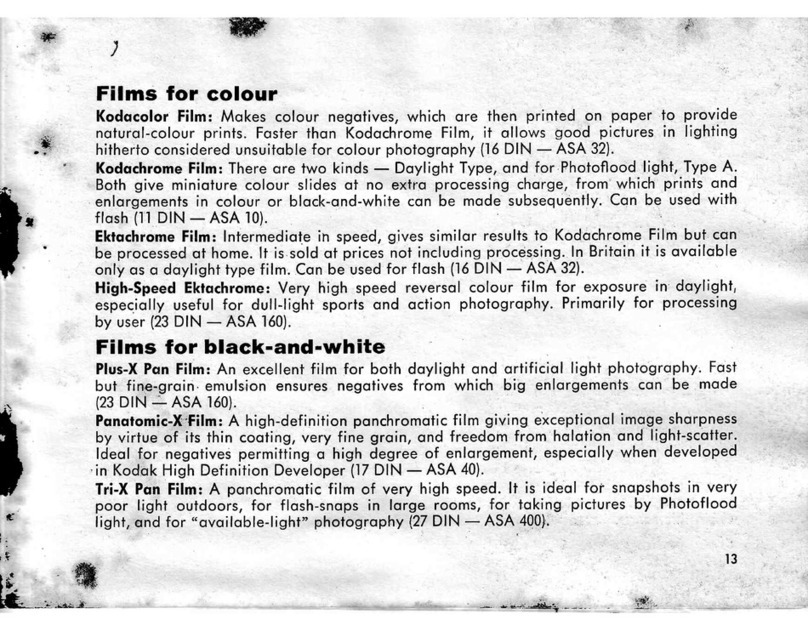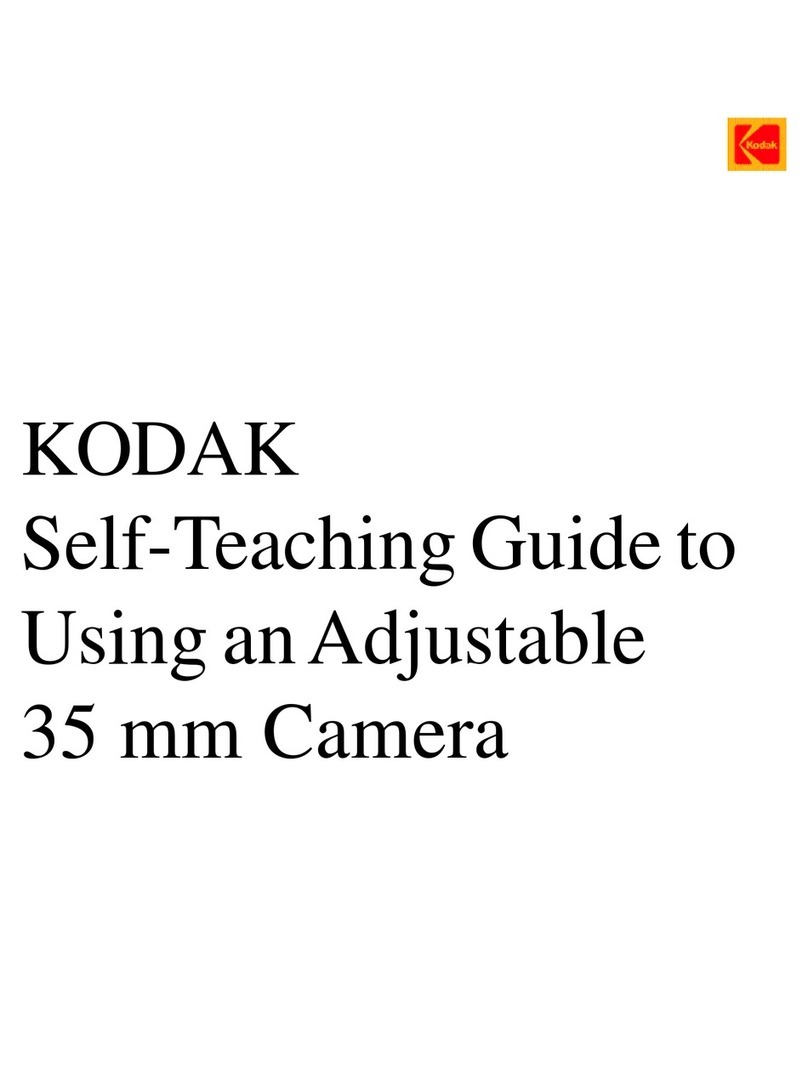Sncosn-'Ihat the diaphragm stop is set at
tlte proper opening,
Tnrnn-That an unexposed section of the
film rs
tumed into position.
SECTION I.
Operating the Shutter.
Perfect familiarity with the shutter is essen-
tial to successful picture taking with any
camera.
As the shutter on the Vest Pocket Auto-
graphic Kodak Special, f 7.7, is equippecl wiilr
the Autotime Scale, the following directions
should be carefully reacl ancl the shutter oper-
atecl several times before threadinE the filnr
up for use.
Directions Ior Using the Autotime
Scale in Connection with the
Vest Pocket Autographic
Kodak Special, f 7.7.
I. This shutter is always set. To make an
exposure simply place the indicator .,A" at
the point desired (for kind of exposure) and
press
dolvn on spring actuateci lever located
immediately back of the camera front.
, NoTE-\\'hen.rnakinE
the exposltre.
lrress
the shut_
{:el'.lever
.s10,rlil.
so Rs to avoid .iarrirrg the Kodak.
If.the Koda.k is rro[ he]d steadiiy a Ut-urieif tl;til;
will result.
Indicator A at "T" sets for time exposure.
Press the lever lirmly. This opens the shut_
ter. Time exposure by a watch. Again press
the lever. This closes the shutter. Great care
should be taken not to jar the camera.
Indicator at "B" makes bulb exposure' the
shutter remaining open as long as
the lever is
held down and closing when it is released'
Inclicator at 25
ot 50
gives speed of approxi-
mately 1'25
and 1 50
of a secorrd'
Kind oi Light.
'I'oP Soarn.
II. OnntNanv INsrlxrlxnous Exposunrs-
Set
indicator A according to the kind of light'
"
Brilliant" or "Clear."
BnrrruNr-Or intense sunshine' llse onlg
lvhen sunshine is clear and intense ancl is
shining directly on the principal part of the
picture,
Cr,n,rn This is used for all ordinary sunshine
and also for intense sunshine, when it is ztof
shining directly on principal part of picture
or lvhen part of the subjeet is in shadow.
When the subject is
in the shadow or during
cloudy weather, it will be necessary to make
a time exposure, in order to obtain a sufficient
illumination-under such conditions the cam'
'era should be set on some steady support and
the indicator set at "T" or "B" as
the judgment
of the operator may direct.
With "brilliant" or "clear" the camera may
be held in the hands.
Kind oI Picture.
Borrou Soaln.
III' set indicator "8" according:to kind of
picture.
Crouns-Use this division for no other
subjects.
03)
(rz)
